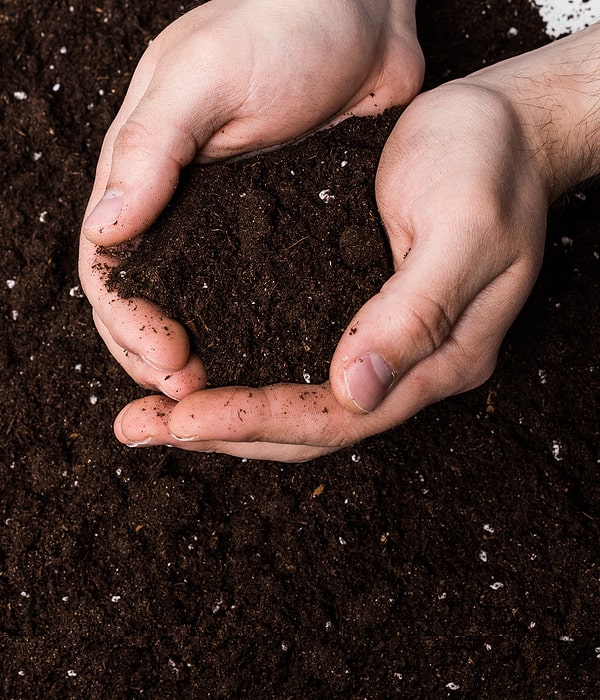Potassium
Potassium maintains the salt balance in plant and animal cells and is important for healthy metabolism. Its role is often likened to that of the oil in an engine. It is also essential for the bacteria in legumes, which fix nitrogen from the air.

Potassium is a common element, which is found as potassium chloride (often known as potash) derived from weathered rock and to a lesser extent from organic matter. Large deposits occur where seas have long since dried up. Such a deposit is found in Cleveland in the UK. Apart from washing and re-crystallizing to remove other salts such as sodium chloride and to make it uniform size, the mined potash needs little treatment before it is suitable for use as a mineral fertiliser.
Because of their low cation exchange capacity K does not build up in sandy soils. Annual applications of potash are necessary. We still receive many enquiries concerning potassium-fixing soils that are to be found in parts of Carlow, Dublin, Kildare, Laois, Meath and Offaly. Low soil k in these areas can be apparently insurable because K, which is not taken up by the crop, may be later ‘fixed’ by the soil. Regular use of ample but not excessive K rates seems to be the best approach. On crops such as silage, K should be applied for each cut. For winter cereals it may be worthwhile, on these K fixing soils, to apply some at sowing and the remainder the following spring.
Plants have the capacity to take up luxury amounts of potassium, which may reduce magnesium uptake in crop deficiency or ‘grass tetany’. To prevent luxury uptake in first cut silage and spring grazing it is better to apply the fertilizer K the previous autumn especially at Index 2 and 3 and on non-K fixing soils. High K can also increase the severity of boron (B) deficiency in susceptible tillage crops.
